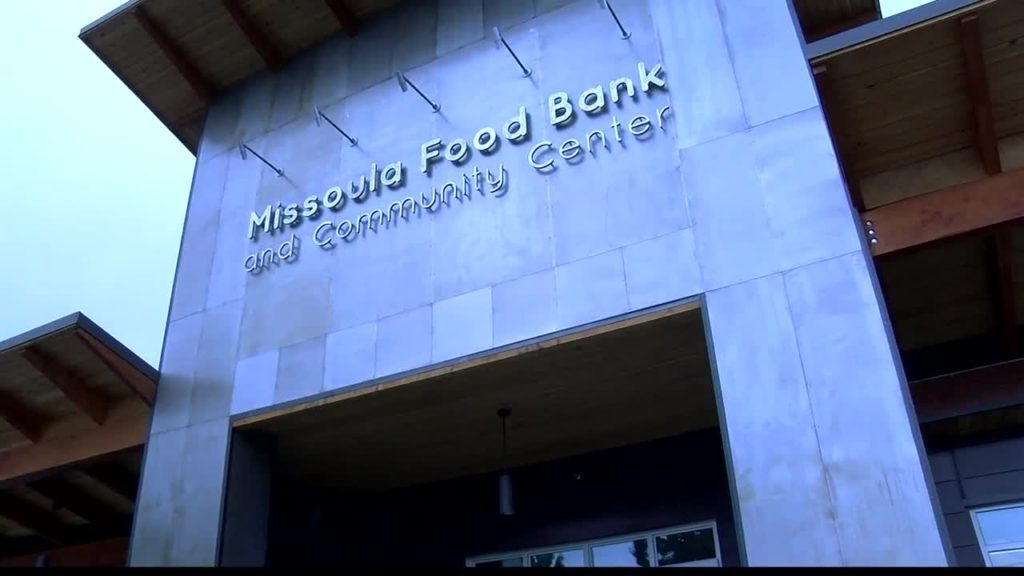MISSOULA - The Montana Food Bank Network (MFBN) is facing setbacks getting food in and getting that food out to food banks across the state.
It comes down to supply chain disruptions, trucker shortages, and growing costs of food and gas.
They say right now, for every 12 truckloads of food that need to go to hungry Montanans, there's only one truck driver available.
Missoula Food Bank interim co-executive director Jessica Allred said, “We’re definitely seeing families a lot more frequently than we typically do this time of year."

She also noted cost of living increases are being felt in Missoula, “all those things that really add up for families who are living without enough.”
Shoppers like Alice Johnson of Missoula say they are noticing a difference, ”it takes a full paycheck just to get a tank of gas, I don’t know what we’d do without the food bank here.”
Johnson – who takes care of her son and two young grandkids – says she is relying on extra support to feed her family as costs continue to rise.
"Oh my goodness, I would not be able to buy it at the stores. It’s so expensive, for people like me, we would not be able to make it. The grandkids would be eating whatever we can afford to buy, which isn’t enough.”

People like Alice are not the only ones adjusting — food banks themselves are having a harder time getting food.
“It’s really forcing us to spend a lot more time and energy to be able to secure the same amount of food,” explained MFBN Chief Operations Officer Brent Weisgram.
The MFBN receives and distributes food to food banks in every county in the state.
“Last year our trucks covered about 150,000 miles within Montana,” said MFBN Director of Philanthropy Todd Lengacher.

He added rising diesel costs are also a problem, "[it’s] increased by $2 a gallon, so that adds up pretty quickly for us.”
And as supply chain disruptions drag on, the network is changing some of its basic operations.
“Being smart and nimble about how we’re going to bring it in and turn it around and get it back out,” Lengacher said.
Typically, a third-party distributor might bring food deliveries to the network, and then, the MFBN would distribute that across the state with their own trucks and drivers.

But Lengacher says now there just are not enough third-party drivers, and those third parties are costing more, “to move a trailer full with a third party, the price has increased eight-fold over a year ago.”
That might mean missed deliveries or sending network drivers to do the work of the third party, "we’ve had to actually go get food,” Lengacher told MTN News.
Extremely rural areas and Montana's Reservations are seeing the biggest impacts.

Meanwhile, Allred says the Missoula Food Bank is seeing similar issues, “we have seen some fewer or less availability in some products…trying to find alternative products, sometimes those products are less affordable."
But there is still food on the shelves in Missoula.
“I’m really so thankful for the support of the community, that helps us keep pace with the need,” Allred concluded.





